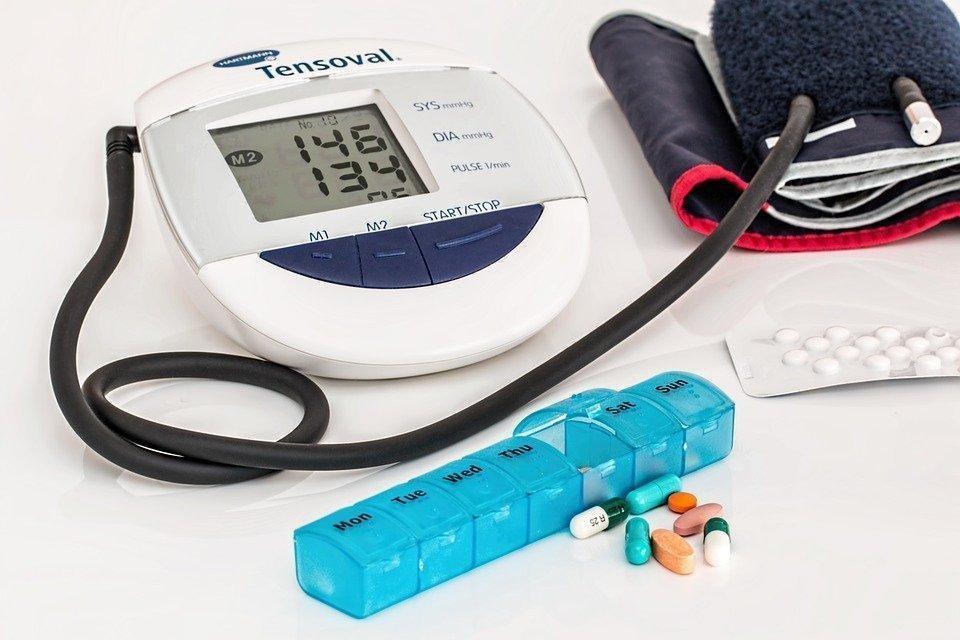Dear Savvy Senior,
I take several medications for multiple health conditions and the prices keep going up, even with insurance. Can you recommend any tips that can help me save?
Price-Gouged Patty
Dear Patty,
The rising cost of prescription drugs is a problem that stings millions of Americans. While there’s no one solution, there are some different strategies and resources that can help reduce your drug costs, so you can afford what you need. Here are several to consider.
If you have insurance, know your drug formulary: Most drug plans today have formularies (a list of medications they cover) that place drugs into different “tiers.” Drugs in each tier have a different cost. A drug in a lower tier will generally cost you less than a drug in a higher tier, and higher tier drugs may require you to get permission or try another medication first before you can use it.
To get a copy of your plan’s formulary, visit your drug plan’s website or call the 800 number on the back of your insurance card. Once you have this information, share it with your doctor so, if possible, he or she can prescribe you medications in the lower-cost tiers. Or, they can help you get coverage approval from your insurer if you need a more expensive drug.
You also need to find out if your drug plan offers preferred pharmacies or offers a mail-order service. Buying your meds from these sources can save you some money too.
Talk to your doctor: Ask your doctor if any of the medications you’re currently taking can be reduced or stopped. And, find out if the ones you are taking are available in generic form. About 80 percent of all premium drugs on the market today have a lower-cost alternative. Switching could save you between 20 and 90 percent.
Ask for a three-month prescription: This can be significantly cheaper for drugs you take long-term. If you use insurance, you’ll pay one co-pay rather than three.
Split your pills: Ask your doctor if the pills you’re taking can be cut in half. Pill splitting allows you to get two months’ worth of medicine for the price of one. If you do this, you’ll need to get a prescription from your doctor for twice the dosage you need.
Find and use online discounts: Start by trying GoodRx.com, BlinkHealth.com or WeRx.org. They will ask for the name of the drug, the dose, the number of pills, and where you live. Then they will show you what you can expect to pay at various pharmacies if you use their discount coupons or vouchers, which you can print out or download to your phone to show a pharmacist.
Pay cash: Most generic medications cost less if you don’t use your insurance. For example, chains like Target and Walmart offer discount-drug programs that sell generics for as little as $4 for a 30-day supply and $10 for a 90-day supply if you pay out-of-pocket. While some insurance companies charge a $10 copay for a 30-day supply.
Also ask your pharmacy if they offer a drug discount card program and compare costs with your insurance plan. You can also find free drug discount cards online at sites like NeedyMeds.org, which can be used at most U.S. pharmacies.
Shop online: You can also save by using an online pharmacy like HealthWarehouse.com but be sure to use an online retailer that operates within the U.S. and is licensed. The site should display the VIPPS symbol, which shows it’s a Verified Internet Pharmacy Practice Site.
Search for drug assistance programs: If your income is limited, you can probably get help through drug assistance programs offered through pharmaceutical companies, government agencies and charitable organizations. To find these types of programs use sites like BenefitsCheckUp.org, PatientAdvocate.org, RxAssist.org and NeedyMeds.org.
Send your senior questions to: Savvy Senior, P.O. Box 5443, Norman, OK 73070, or visit SavvySenior.org. Jim Miller is a contributor to the NBC Today show and author of “The Savvy Senior” book.


